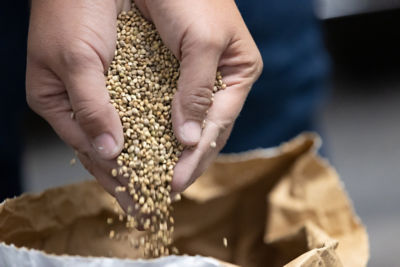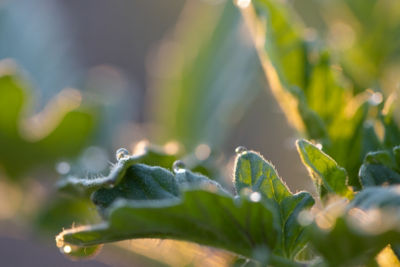Causal Agent
Stemphylium solani, S. lycopersici (synonym: S. floridanum)
Distribution
Worldwide
Symptoms
Small spots develop on pepper leaves, petioles, stems, peduncles and calyxes. Although mature plants can be infected, young seedlings are most susceptible. Infection begins as small red to brown spots that later expand into lesions with white to gray centers and red to brown margins. When numerous lesions develop, leaves turn yellow and drop. Gray leaf spot does not affect fruit.
 Developing lesions.
Developing lesions.
Conditions for Development
These fungi survive in soil and on plant debris from one year to the next. In addition, volunteer pepper and tomato and solanaceous weeds can serve as sources of inoculum. Fungal spores are spread from the surface of infected tissues by wind and splashing water. Warm and humid or wet weather generally favor disease development. The disease also can be a problem in arid climates when dew periods are long.
Control
Remove plant debris, provide adequate ventilation for seedling beds and treat with fungicides to help reduce losses from this disease.




